How useful are learning journeys?
Learning journeys are a common way of documenting a child’s progress and storing development information within the early years. As it is not an Ofsted requirement, there is no set guidance on exactly how learning journeys should be completed. The steps taken to completing a learning journey are often:
- An observation of any kind that has been written and stored
- A photograph will often accompany the observation
- A Learning story which is written by the key person sharing their thoughts and detailing what was seen, heard and any interactions that have taken place
- Often a next step is added to inform future planning.
- EYFS links are added by the early years practitioner to inform other progress sheets and to show where the child is meeting in terms of development matters outcomes
A learning story tells a story of the child’s learning. These learning stories can be shared with parents and with the children. The layout tends to stay the same throughout the whole setting however as the child progresses the observations may become more detailed and the accompanying stories more complex. Childcare practitioners and parents are often fond of these stories as it makes each child’s journey more individual and in the future becomes a wonderful keepsake. However, it could be argued that it is these learning stories that take away the effectiveness of a child’s learning journal and takes up the most time. A few reasons a learning story can often be misleading and ineffective are:
- Due to the amount of time it takes to write up a learning story, these are often completed at a later time or date. This means the learning story is often created weeks after the observation or event has taken place. This relies heavily on practitioners remembering the details clearly, however when each practitioner can have a large number of key children this can become a problem. Therefore, these learning stories may not be a total true reflection of the experience as it is difficult to remember so many individual details for each child.
- Practitioners work a variety of hours in childcare settings which means they may not have been present when the observation, photograph or event took place. As it is best practice to record observations for every child and not just your key child, this may mean a learning story is being written by a child’s key person even though they weren’t there to witness the observation take place. Meaning much of the story is down to imagination.
- Every practitioner has their strengths and weaknesses, and although all should have received training and support on completing children’s learning journeys, everyone will have their writing style and interpret the events differently. For this reason, if each practitioner witnessed the same event take place, each one would write the learning story completely differently.
Taking into account the points stated above many would argue that learning journeys with added learning stories are often not the most reliable documents to support a child’s development. They are time-consuming and may not result in best practice being displayed. Also learning journeys and learning stories are often only recorded once a month or once every other month. This is not a true reflection of a child’s development or progress as children meet new learning outcomes every week not just one a month. Learning journeys should be kept factual, take a little time to complete and include the most important details in a child’s development. To make the learning journey a more effective tool, it should also be regularly shared with parents as they may have witnessed different things at home and this is a useful way to document further interest and developments a child has reached. To fully support a child’s development and accurately track and record their progress, an observation folder may be a more useful tool.
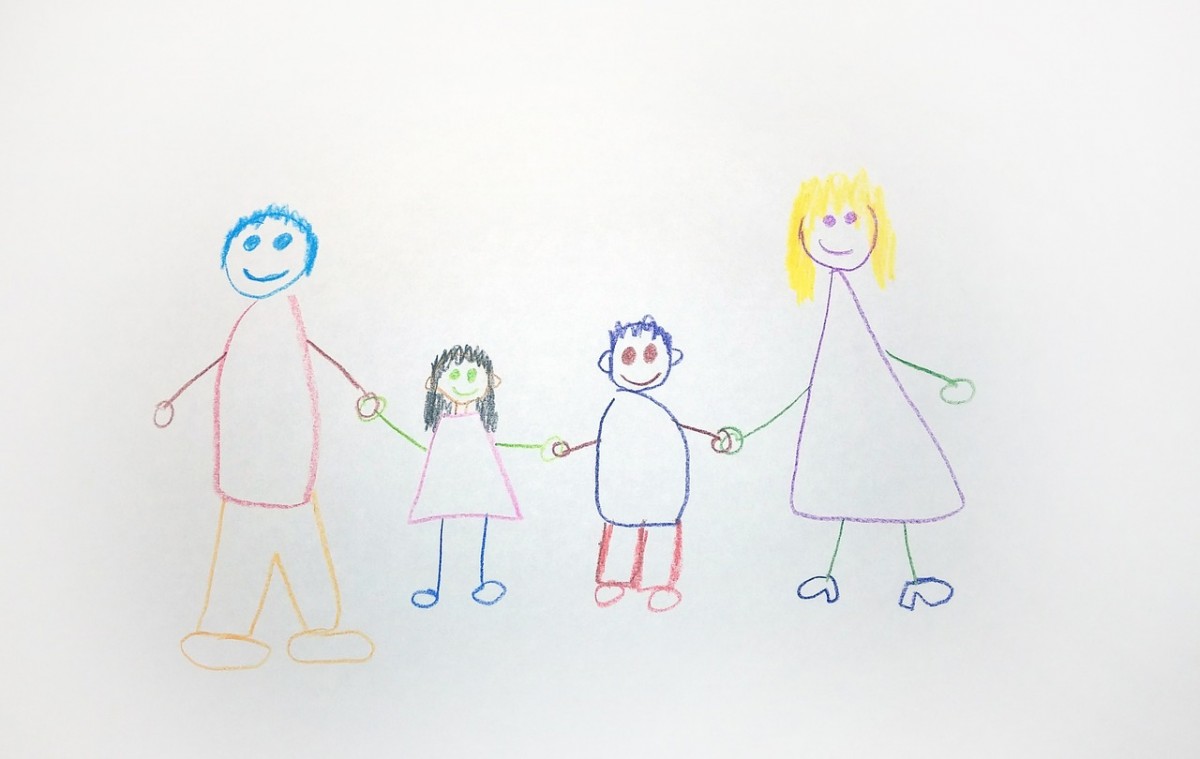
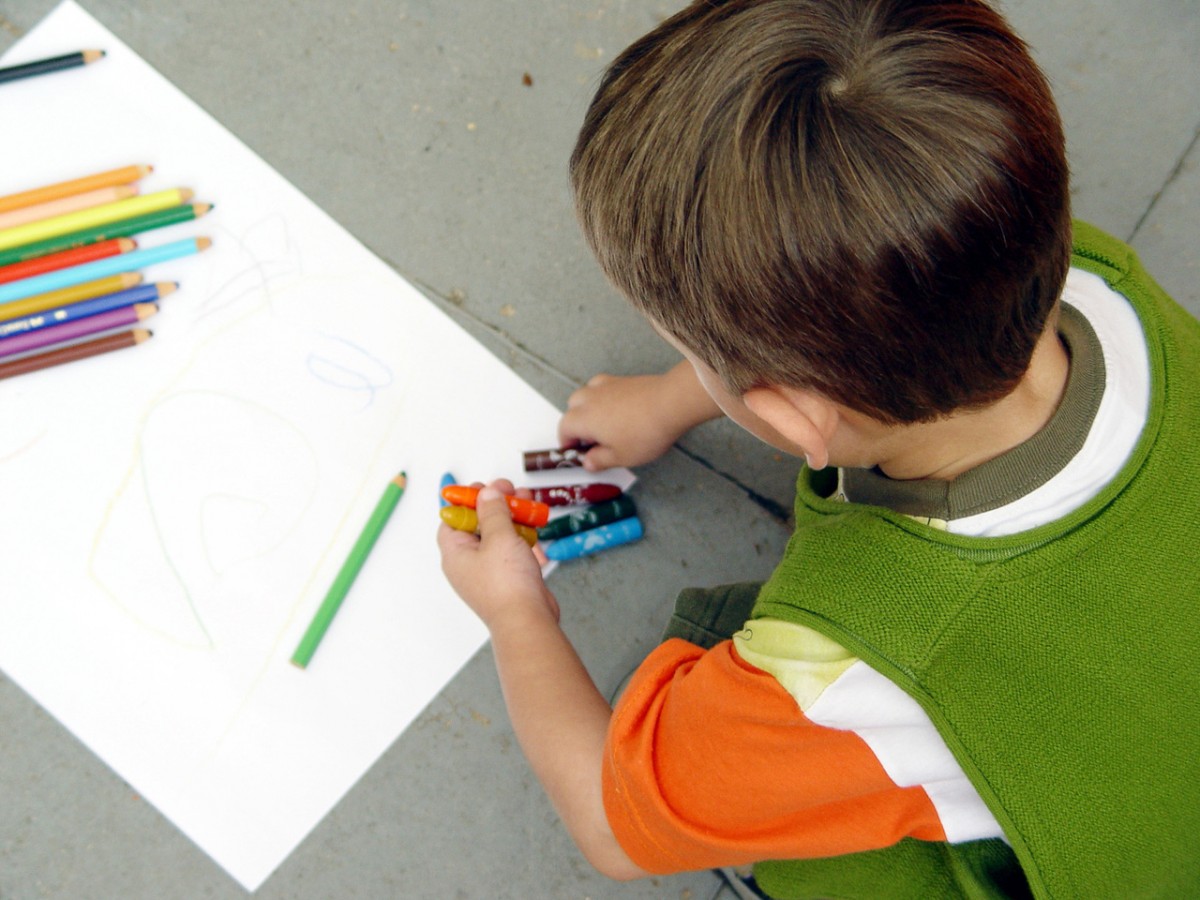

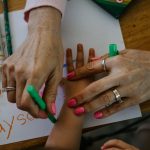
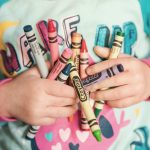
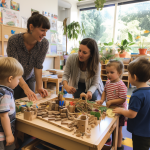
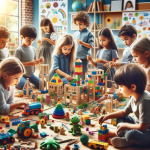
Leave a Reply